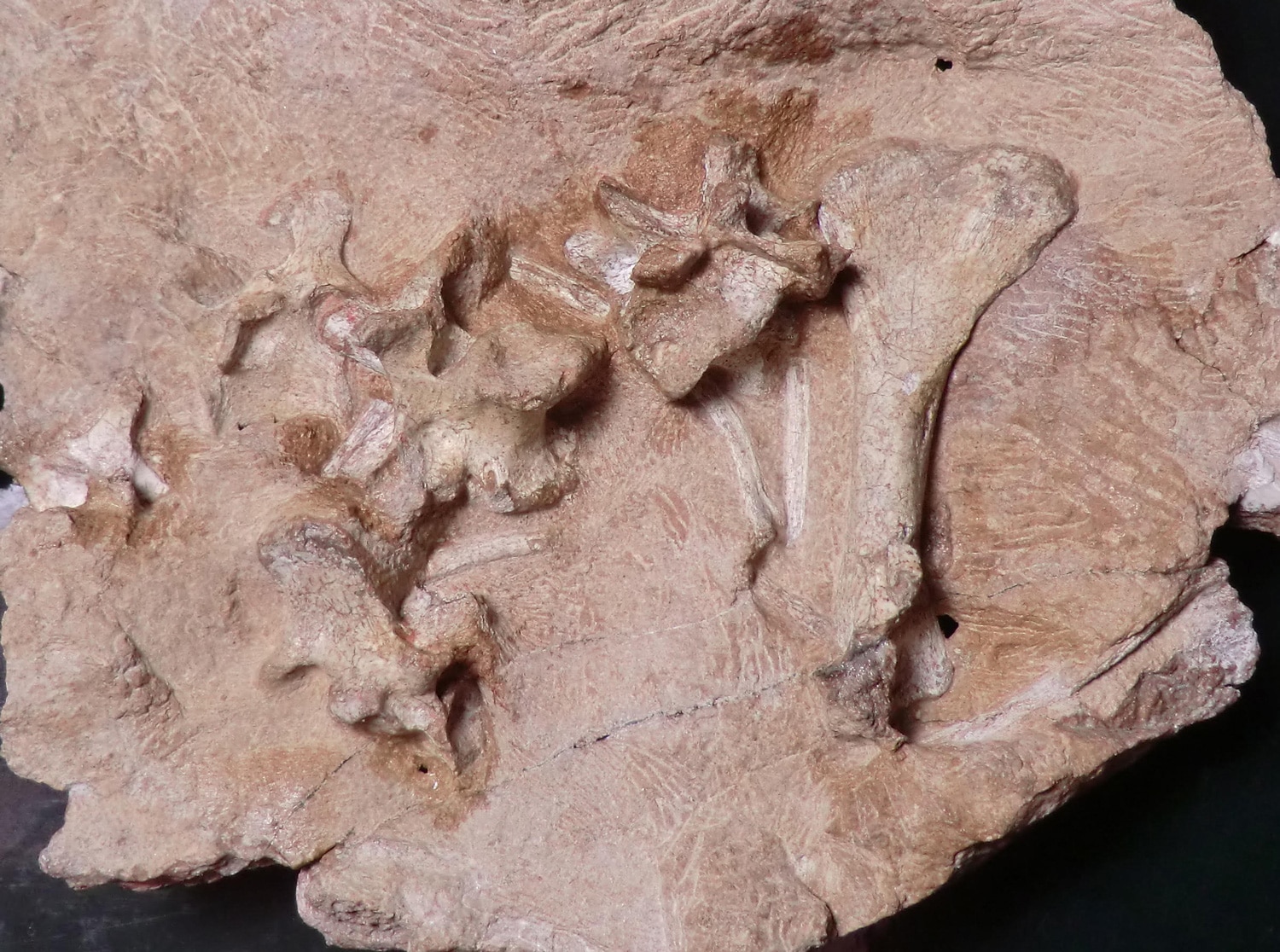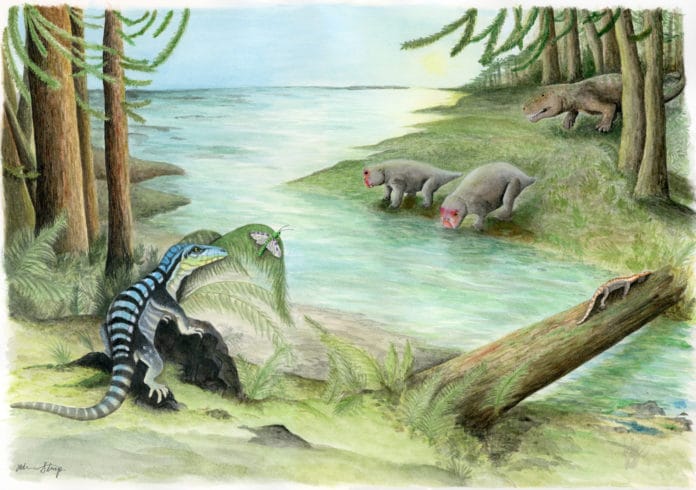Almost 250 million years ago, Antarctica is believed to be covered in forests and rivers, and the temperature rarely dipped below freezing. It also had diverse wildlife, including early relatives of the dinosaurs.
Scientists at the University of Washington have just discovered the newest member of that family — an iguana-sized reptile whose genus name, Antarctanax, means “Antarctic king.”
This newly discovered animal is an early relative of crocodiles and dinosaurs. It just looks a little like a lizard, but evolutionarily, it’s one of the first members of that big group.

Although the new specimen is an incomplete skeleton, paleontologists still have a good feel for the animal, named Antarctanax shackletoni — the latter part a nod to polar explorer Ernest Shackleton.
Collected during a 2010-2011 expedition to Antarctica led by senior author Christian Sidor, professor of biology at the University of Washington and curator of vertebrate paleontology at the UW’s Burke Museum of Natural History & Culture, the fossil specimen consists of portions of the backbone, limbs, and skull.
The specimen is currently part of the changeless accumulations at the Burke Museum and is one of in excess of 300 vertebrate fossils from Antarctica in its gathering, gathered through the span of four expeditions and bringing about one of the biggest Antarctic vertebrate fossil collections in the country.
Amid the Burke’s latest Antarctic endeavor in 2017-2018 Sidor drove his group back to Graphite Peak, the site where Antarctanax had been discovered, which was additionally where the main vertebrate fossils in Antarctica were found in 1967.

Brandon Peecook, a Field Museum researcher said, “The more we find out about prehistoric Antarctica, the weirder it is. We thought that Antarctic animals would be similar to the ones that were living in southern Africa, since those landmasses were joined back then. But we’re finding that Antarctica’s wildlife is surprisingly unique.”
“Before the mass extinction, archosaurs were only found around the equator, but after it, they were everywhere. And Antarctica had a combination of these brand-new animals and stragglers of animals that were already extinct in most places — what paleontologists call ‘dead clades walking.’ You’ve got tomorrow’s animals and yesterday’s animals, cohabiting in a cool place.”
Sidor said, “Fossil exploration in Antarctica is really difficult, given all of the logistics involved. But since so little work has been done the potential for making important new discoveries is high — and that’s what Antarctanax represents. The same rocks that yielded Antarctanax also yield some of the earliest mammal relatives from after the mass extinction.”
“The fact that scientists have found Antarctanax helps bolster the idea that Antarctica was a place of rapid evolution and diversification after the mass extinction.”
“The more different kinds of animals we find, the more we learn about the pattern of archosaurs taking over after the mass extinction,” said Peecook. “Antarctica is one of those places on Earth, like the bottom of the sea, where we’re still in the very early stages of exploration. Antarctanax is our little part of discovering the history of Antarctica.”
The study is published in the Journal of Vertebrate Paleontology.
